It depicts scenes from the Trojan war and the sea god Neptune.
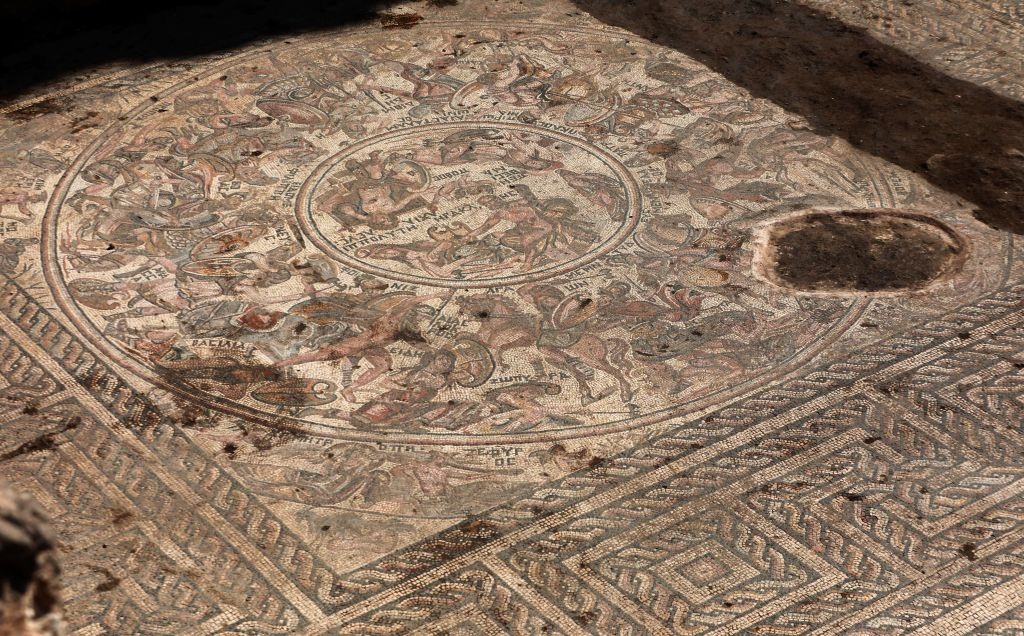
This picture taken on October 12, 2022 shows a view of a mosaic floor dating to the Roman era being excavated in the city of al-Rastan in Syria’s west-central province of Homs, after its discovery was announced by Syria’s General Directorate of Antiquities. – Syria revealed on October 12 a remarkably intact 1,600-year-old Roman-era mosaic including depictions of warriors in the Trojan War, with authorities hailing it as one of the “rarest” found. The mosaic is the latest to be found in Rastan, which the government seized back from rebels in 2018 after years of bloodshed. “It is not the oldest of its kind, but it’s the most complete and the rarest,” according to Syria’s General Directorate of Museums. (Photo by LOUAI BESHARA / AFP) (Photo by LOUAI BESHARA/AFP via Getty Images)
A newly uncovered mosaic located in the Syrian town of Rastan dates from ancient Roman times, and includes depictions of the Trojan war and of the sea god Neptune (alongside 40 of his mistresses).
Archaeologists say it is the first significant find in the area since Syria’s long civil war began in 2011.
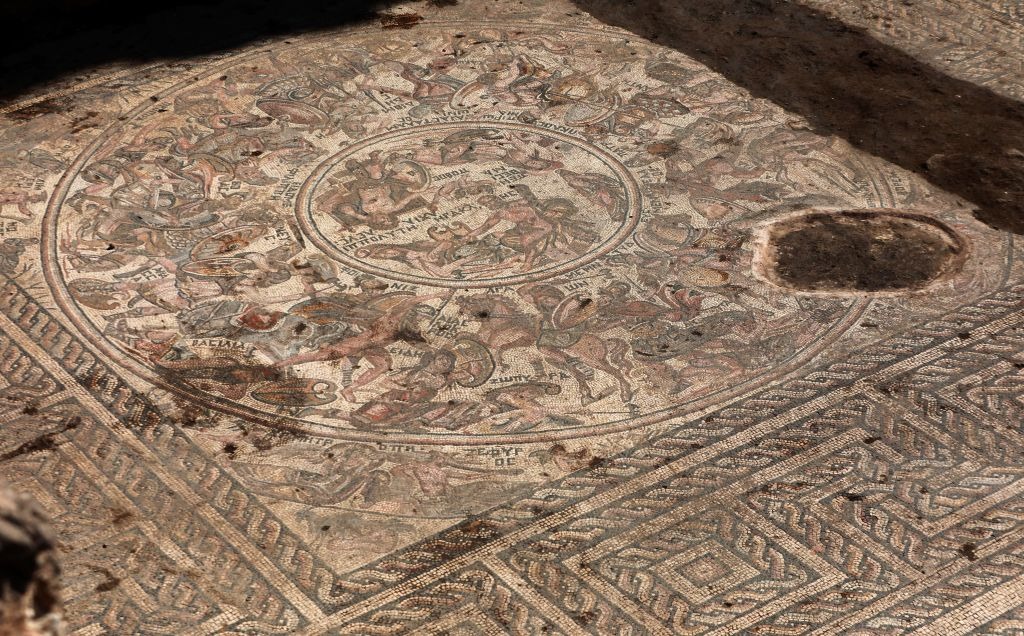
The mosaic, which measures about 1,300 square feet, is inlaid with colorful tesserae, which Humam Saad, the associate director in charge of the excavation, described as “rich in details,” according to the Associated Press.
This picture taken on October 12, 2022 shows a view of a mosaic floor dating to the Roman era being excavated in the city of al-Rastan in Syria’s west-central province of Homs, after its discovery was announced by Syria’s General Directorate of Antiquities. – Syria revealed on October 12 a remarkably intact 1,600-year-old Roman-era mosaic including depictions of warriors in the Trojan War, with authorities hailing it as one of the “rarest” found. The mosaic is the latest to be found in Rastan, which the government seized back from rebels in 2018 after years of bloodshed. “It is not the oldest of its kind, but it’s the most complete and the rarest,” according to Syria’s General Directorate of Museums. (Photo by Louai Beshara / AFP) (Photo by LOUAI BESHARA/AFP via Getty Images)
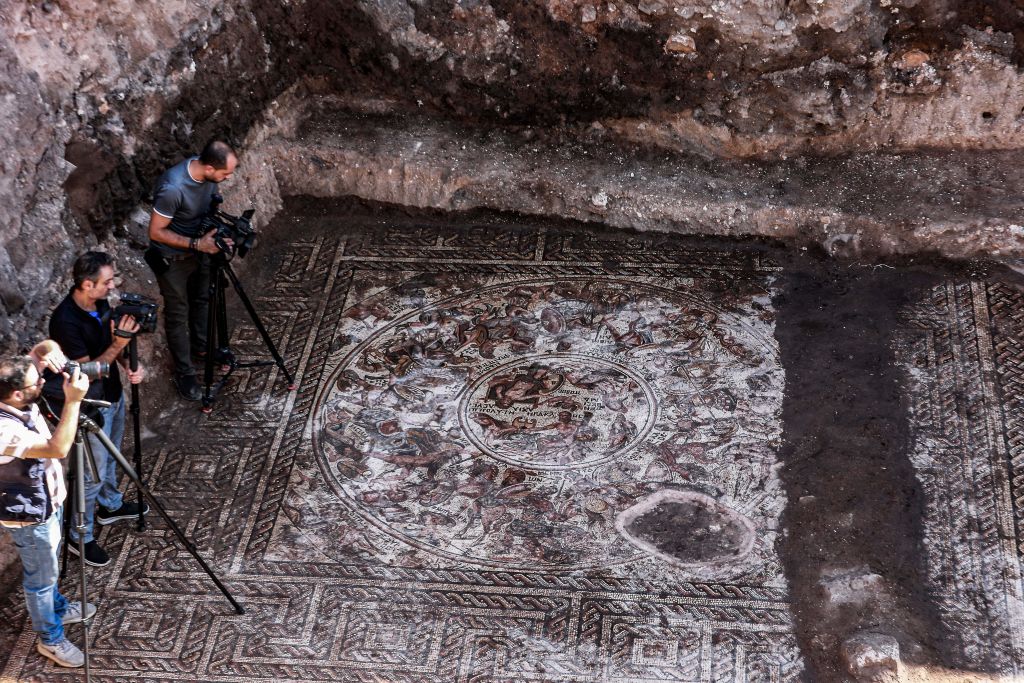
A mosaic floor dating to the Roman era being excavated in the city of al-Rastan in Syria’s west-central province of Homs, after its discovery was announced by Syria’s General Directorate of Antiquities. Photo by Louai Beshara / AFP.
“What is in front of us is a discovery that is rare on a global scale,” Saad said.
He could not yet identify the type of building on which the mosaic appeared, “whether it’s a public bathhouse or something else,” he said, “because we have not finished excavating yet.”
Despite Rastan’s historical importance as an ancient city dating back approximately 4,000 years, the area witnessed some of the worst conflicts during the Syrian civil war, when it was used as a stronghold of the opposition before Syrian government forces reclaimed it in 2018.
“Unfortunately, there were armed groups that tried to sell the mosaic at one point in 2017 and listed it on social media platforms,” Saad said.
A mosaic floor dating to the Roman era being excavated in the city of al-Rastan in Syria’s west-central province of Homs, after its discovery was announced by Syria’s General Directorate of Antiquities (Photo by Louai Beshara / AFP) (Photo by LOUAI BESHARA/AFP via Getty Images)
A mosaic floor dating to the Roman era being excavated in the city of al-Rastan in Syria’s west-central province of Homs, after its discovery was announced by Syria’s General Directorate of Antiquities. Photo by LOUAI BESHARA/AFP via Getty Images.
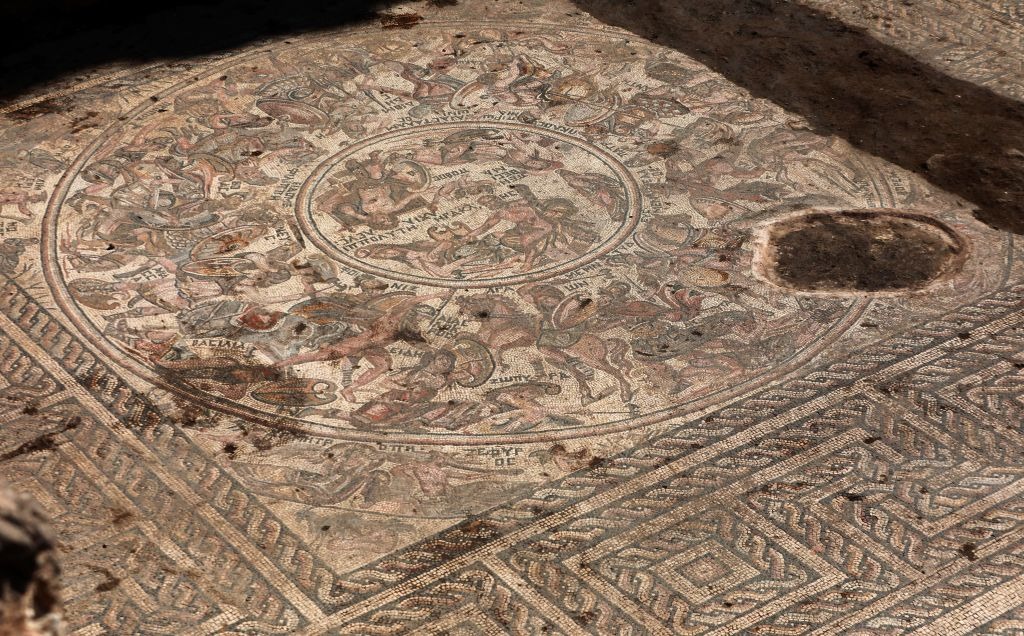
Looting—if not outright destruction—of Syria’s cultural heritage has been an ongoing problem. In 2015, UNESCO warned of “industrial scale looting” by groups in areas where conflicts had ravaged civilian populations, including in areas around Homs and Apamea, a city founded in 300 BCE. The oasis city of Palmyra, located in south-central Syria, a UNESCO world heritage site boasting 2,000-year-old Roman-era colonnades, was gravely damaged by ISIS militants following their sweeping takeover of large swaths of the country in 2015, leading to global condemnation.
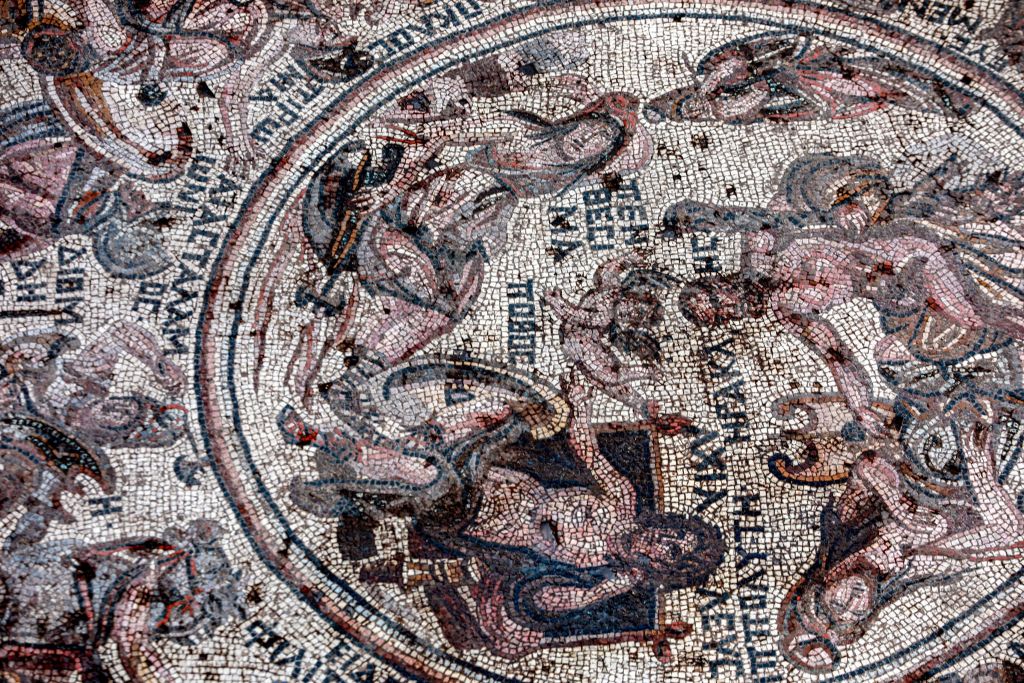
With the latest discovery in Rastan, hope is slowly being restored that Syria’s long at-risk antiquities and cultural heritage are finally again being given protection and care. Slowly but surely, everything from Aleppo’s centuries-old-bazaar to the ancient site of Palmyra are being rebuilt as Syrians come to terms, assess, and reconstruct damage caused by war.
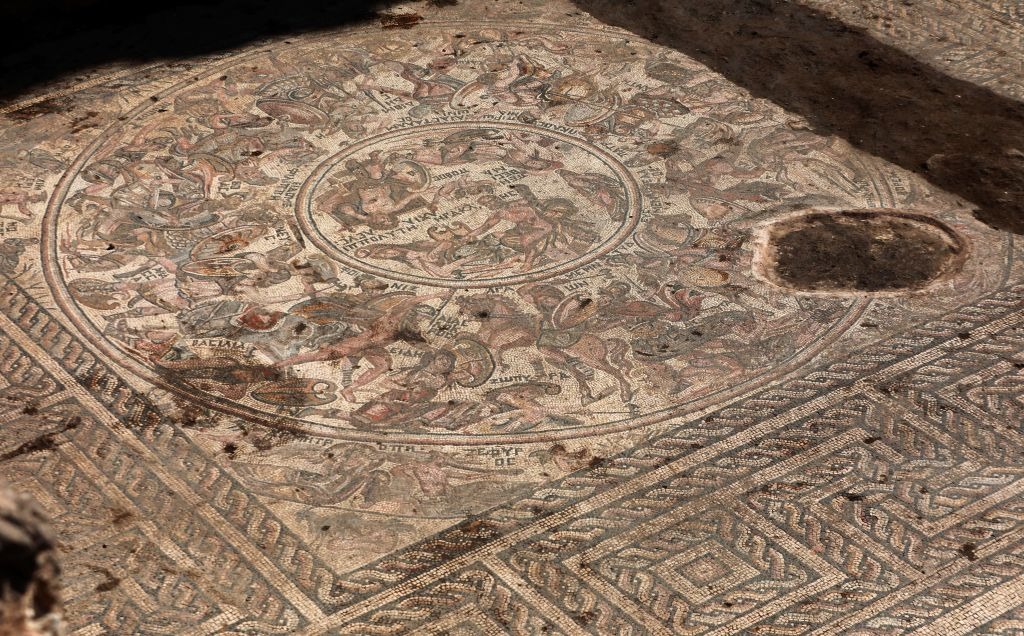
A mosaic floor dating to the Roman era being excavated in the city of al-Rastan in Syria’s west-central province of Homs, after its discovery was announced by Syria’s General Directorate of Antiquities (Photo by Louai Beshara / AFP) (Photo by LOUAI BESHARA/AFP via Getty Images)
A mosaic floor dating to the Roman era being excavated in the city of al-Rastan in Syria’s west-central province of Homs, after its discovery was announced by Syria’s General Directorate of Antiquities.Photo by LOUAI BESHARA/AFP via Getty Images.

Leave a Reply